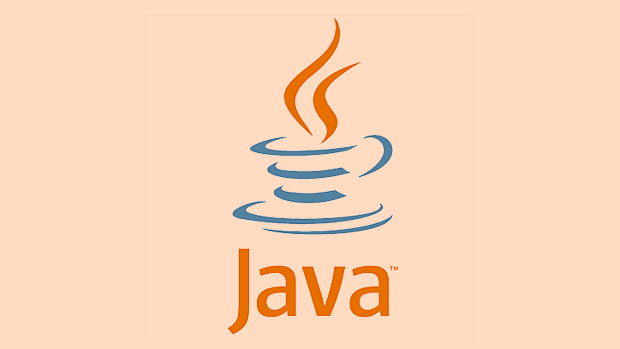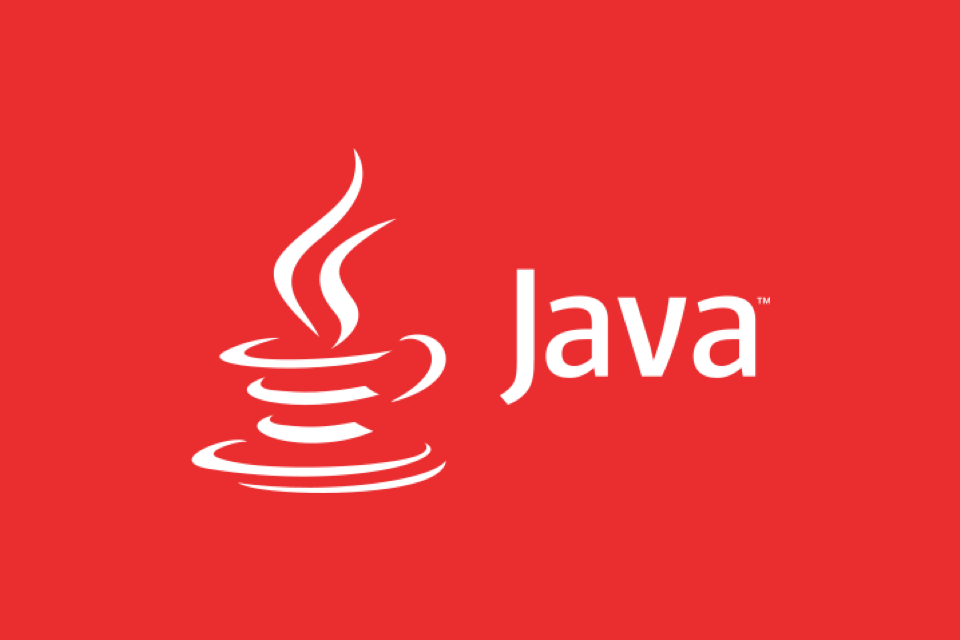What is structured concurrency in Java?
Jul 13, 2025 am 02:02 AMStructured concurrency in Java solves the complexity of managing multiple concurrent tasks by grouping them into a single unit for cleaner handling. 1) It simplifies error propagation, cancellation, and coordination, especially when dealing with exceptions or waiting for results. 2) It works through the StructuredTaskScope class, allowing tasks to be forked and joined as a group, automatically cancelling remaining tasks on failure or success based on scope type. 3) It should be used when running independent tasks that need synchronized completion, such as data aggregation or parallel request processing. 4) Compared to older methods like ExecutorService or CompletableFuture.allOf(), it reduces boilerplate, prevents zombie tasks, and improves scoping and error handling. 5) It requires Java 21, needs logically related tasks within a scope, and depends on proper resource management via try-with-resources.

Structured concurrency in Java is a way to write concurrent code that’s easier to read, manage, and debug by organizing related tasks into structured units. It makes it simpler to handle multiple threads without getting lost in callbacks or tangled logic.

Java introduced support for structured concurrency in Java 19 as a preview feature, and it became a standard feature in Java 21. The main idea is to group related threads of execution together so that they can be managed more cleanly — especially when it comes to handling exceptions, cancellation, and waiting for results.
What problem does structured concurrency solve?
Before structured concurrency, managing multiple concurrent tasks often involved manually starting threads, using ExecutorService, or chaining futures. This could get messy fast, especially when you had many independent tasks running and needed to wait for them all, cancel some, or deal with errors.

For example:
- You start several background tasks.
- One of them throws an exception.
- You want to cancel the rest and propagate that error.
Without structured concurrency, you’d have to do a lot of manual cleanup and coordination. Structured concurrency handles this automatically by grouping tasks together and ensuring they’re treated as a single unit of work.

How does it work in Java?
Structured concurrency revolves around the StructuredTaskScope class (in the java.util.concurrent package). Here's how it generally works:
You create a scope, fork tasks inside it, and then join them. All tasks within the same scope are grouped together and behave like a single unit.
Here's a simple example:
try (var scope = new StructuredTaskScope.ShutdownOnFailure()) {
Future<Integer> task1 = scope.fork(() -> calculateResult1());
Future<Integer> task2 = scope.fork(() -> calculateResult2());
scope.join(); // Wait for all tasks to complete
// Optionally check if any failed
}Some key points:
- Tasks are started with
fork() -
join()waits for them to finish - If one fails and you're using
ShutdownOnFailure, the scope cancels all other tasks
This lets you write cleaner code and avoid having to manually cancel or track each thread or future.
When should you use it?
Use structured concurrency when:
- You need to run multiple independent tasks concurrently and wait for all (or any) of them to finish
- You want automatic propagation of failures and cancellations
- Your code currently uses
CompletableFuture.allOf()orExecutorServicewith manual management
It’s especially useful for server-side applications where clarity and correctness matter, such as processing parallel requests, aggregating data from multiple sources, or performing concurrent computations.
Compared to older approaches:
- It reduces boilerplate
- It avoids “zombie” tasks that keep running after their parent has completed
- It improves error handling and scoping behavior
A few things to watch out for
Like any tool, structured concurrency has its nuances:
- It requires Java 21 (if not preview)
- It works best when tasks are logically related — don’t force unrelated tasks into the same scope
- You must close the scope properly, usually via try-with-resources
Also, there are two built-in variants of StructuredTaskScope:
-
ShutdownOnFailure: Cancels remaining tasks if any fail -
ShutdownOnSuccess: Shuts down once any task completes successfully
Choosing the right one depends on your use case.
So, basically, structured concurrency gives you better control over groups of concurrent tasks in Java, making your code safer and more readable — no small win in multithreaded programming.
The above is the detailed content of What is structured concurrency in Java?. For more information, please follow other related articles on the PHP Chinese website!

Hot AI Tools

Undress AI Tool
Undress images for free

Undresser.AI Undress
AI-powered app for creating realistic nude photos

AI Clothes Remover
Online AI tool for removing clothes from photos.

Clothoff.io
AI clothes remover

Video Face Swap
Swap faces in any video effortlessly with our completely free AI face swap tool!

Hot Article

Hot Tools

Notepad++7.3.1
Easy-to-use and free code editor

SublimeText3 Chinese version
Chinese version, very easy to use

Zend Studio 13.0.1
Powerful PHP integrated development environment

Dreamweaver CS6
Visual web development tools

SublimeText3 Mac version
God-level code editing software (SublimeText3)
 How to handle transactions in Java with JDBC?
Aug 02, 2025 pm 12:29 PM
How to handle transactions in Java with JDBC?
Aug 02, 2025 pm 12:29 PM
To correctly handle JDBC transactions, you must first turn off the automatic commit mode, then perform multiple operations, and finally commit or rollback according to the results; 1. Call conn.setAutoCommit(false) to start the transaction; 2. Execute multiple SQL operations, such as INSERT and UPDATE; 3. Call conn.commit() if all operations are successful, and call conn.rollback() if an exception occurs to ensure data consistency; at the same time, try-with-resources should be used to manage resources, properly handle exceptions and close connections to avoid connection leakage; in addition, it is recommended to use connection pools and set save points to achieve partial rollback, and keep transactions as short as possible to improve performance.
 Understanding the Java Virtual Machine (JVM) Internals
Aug 01, 2025 am 06:31 AM
Understanding the Java Virtual Machine (JVM) Internals
Aug 01, 2025 am 06:31 AM
TheJVMenablesJava’s"writeonce,runanywhere"capabilitybyexecutingbytecodethroughfourmaincomponents:1.TheClassLoaderSubsystemloads,links,andinitializes.classfilesusingbootstrap,extension,andapplicationclassloaders,ensuringsecureandlazyclassloa
 How to work with Calendar in Java?
Aug 02, 2025 am 02:38 AM
How to work with Calendar in Java?
Aug 02, 2025 am 02:38 AM
Use classes in the java.time package to replace the old Date and Calendar classes; 2. Get the current date and time through LocalDate, LocalDateTime and LocalTime; 3. Create a specific date and time using the of() method; 4. Use the plus/minus method to immutably increase and decrease the time; 5. Use ZonedDateTime and ZoneId to process the time zone; 6. Format and parse date strings through DateTimeFormatter; 7. Use Instant to be compatible with the old date types when necessary; date processing in modern Java should give priority to using java.timeAPI, which provides clear, immutable and linear
 Comparing Java Frameworks: Spring Boot vs Quarkus vs Micronaut
Aug 04, 2025 pm 12:48 PM
Comparing Java Frameworks: Spring Boot vs Quarkus vs Micronaut
Aug 04, 2025 pm 12:48 PM
Pre-formanceTartuptimeMoryusage, Quarkusandmicronautleadduetocompile-Timeprocessingandgraalvsupport, Withquarkusoftenperforminglightbetterine ServerLess scenarios.2.Thyvelopecosyste,
 How does garbage collection work in Java?
Aug 02, 2025 pm 01:55 PM
How does garbage collection work in Java?
Aug 02, 2025 pm 01:55 PM
Java's garbage collection (GC) is a mechanism that automatically manages memory, which reduces the risk of memory leakage by reclaiming unreachable objects. 1.GC judges the accessibility of the object from the root object (such as stack variables, active threads, static fields, etc.), and unreachable objects are marked as garbage. 2. Based on the mark-clearing algorithm, mark all reachable objects and clear unmarked objects. 3. Adopt a generational collection strategy: the new generation (Eden, S0, S1) frequently executes MinorGC; the elderly performs less but takes longer to perform MajorGC; Metaspace stores class metadata. 4. JVM provides a variety of GC devices: SerialGC is suitable for small applications; ParallelGC improves throughput; CMS reduces
 Understanding Network Ports and Firewalls
Aug 01, 2025 am 06:40 AM
Understanding Network Ports and Firewalls
Aug 01, 2025 am 06:40 AM
Networkportsandfirewallsworktogethertoenablecommunicationwhileensuringsecurity.1.Networkportsarevirtualendpointsnumbered0–65535,withwell-knownportslike80(HTTP),443(HTTPS),22(SSH),and25(SMTP)identifyingspecificservices.2.PortsoperateoverTCP(reliable,c
 go by example defer statement explained
Aug 02, 2025 am 06:26 AM
go by example defer statement explained
Aug 02, 2025 am 06:26 AM
defer is used to perform specified operations before the function returns, such as cleaning resources; parameters are evaluated immediately when defer, and the functions are executed in the order of last-in-first-out (LIFO); 1. Multiple defers are executed in reverse order of declarations; 2. Commonly used for secure cleaning such as file closing; 3. The named return value can be modified; 4. It will be executed even if panic occurs, suitable for recovery; 5. Avoid abuse of defer in loops to prevent resource leakage; correct use can improve code security and readability.
 Java Concurrency Utilities: ExecutorService and Fork/Join
Aug 03, 2025 am 01:54 AM
Java Concurrency Utilities: ExecutorService and Fork/Join
Aug 03, 2025 am 01:54 AM
ExecutorService is suitable for asynchronous execution of independent tasks, such as I/O operations or timing tasks, using thread pool to manage concurrency, submit Runnable or Callable tasks through submit, and obtain results with Future. Pay attention to the risk of unbounded queues and explicitly close the thread pool; 2. The Fork/Join framework is designed for split-and-governance CPU-intensive tasks, based on partitioning and controversy methods and work-stealing algorithms, and realizes recursive splitting of tasks through RecursiveTask or RecursiveAction, which is scheduled and executed by ForkJoinPool. It is suitable for large array summation and sorting scenarios. The split threshold should be set reasonably to avoid overhead; 3. Selection basis: Independent






